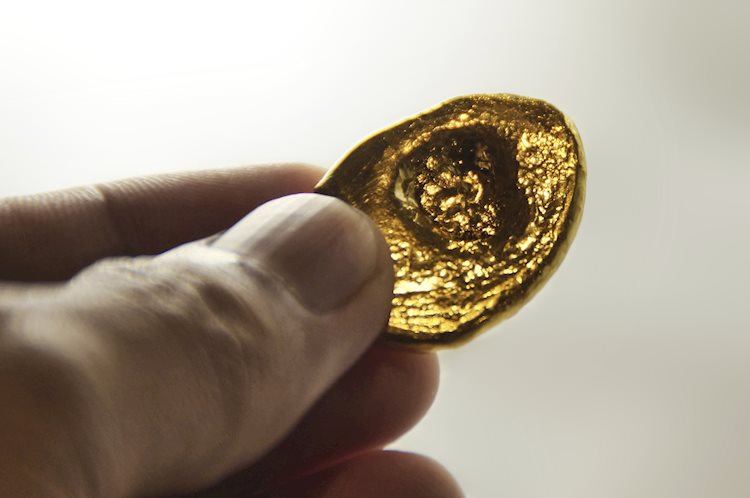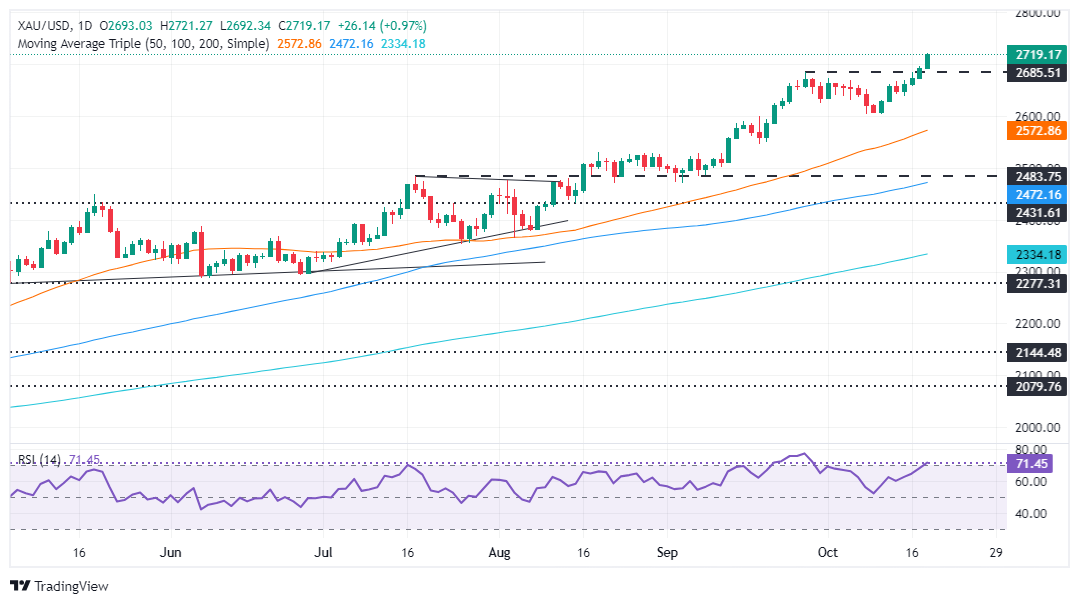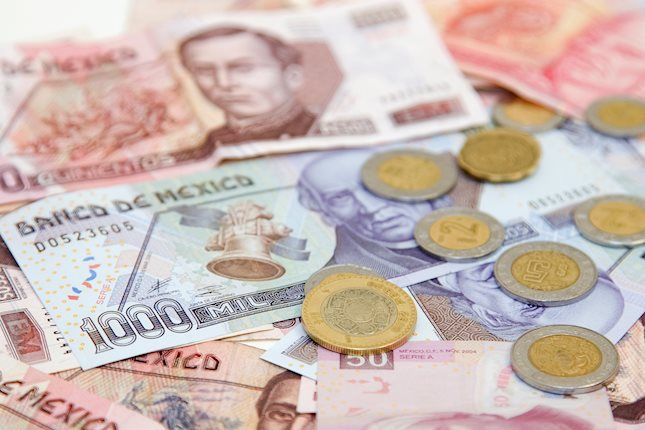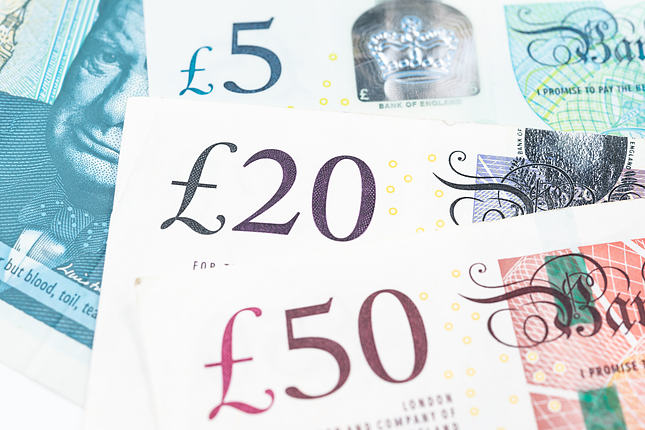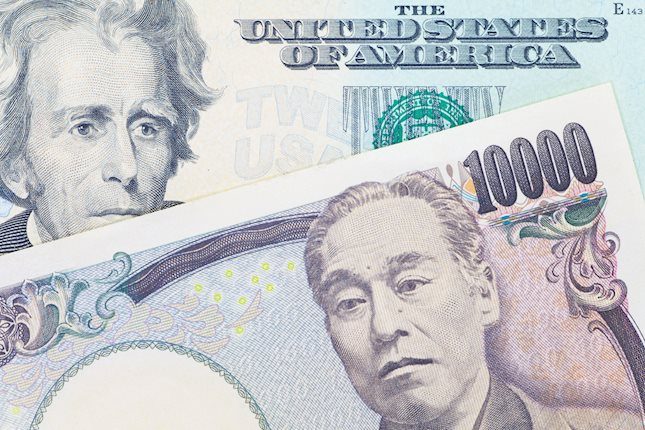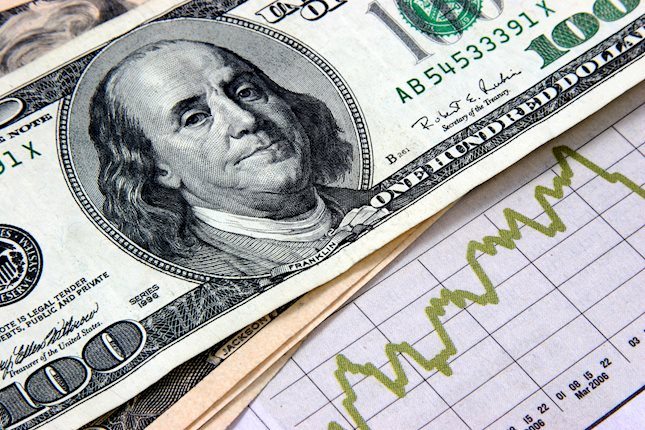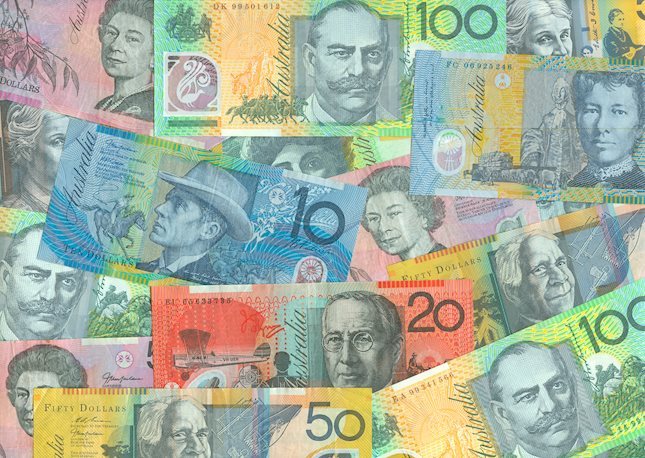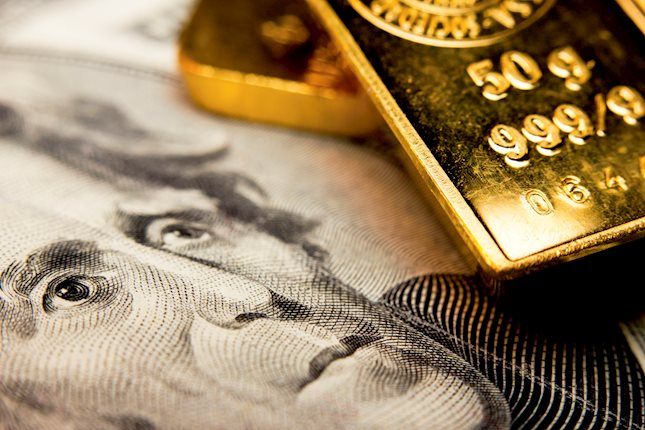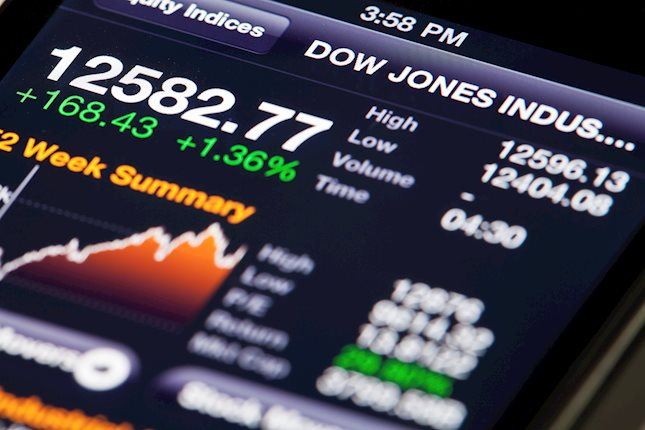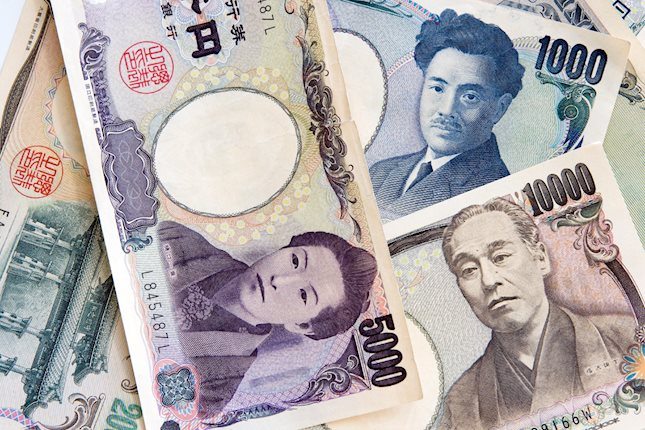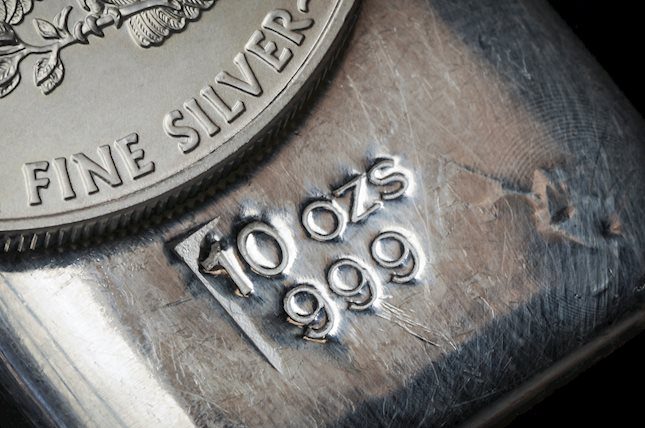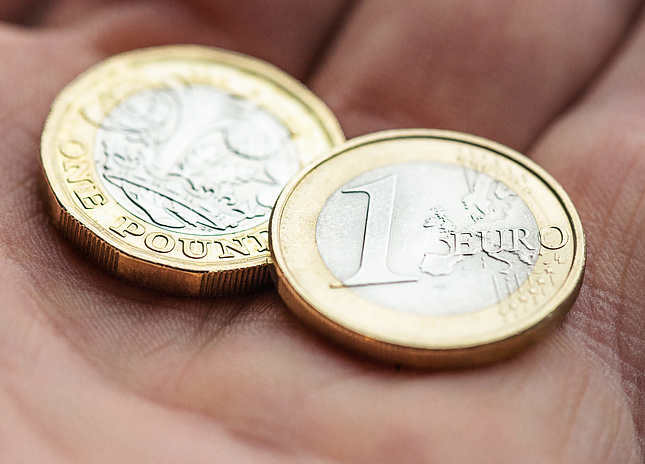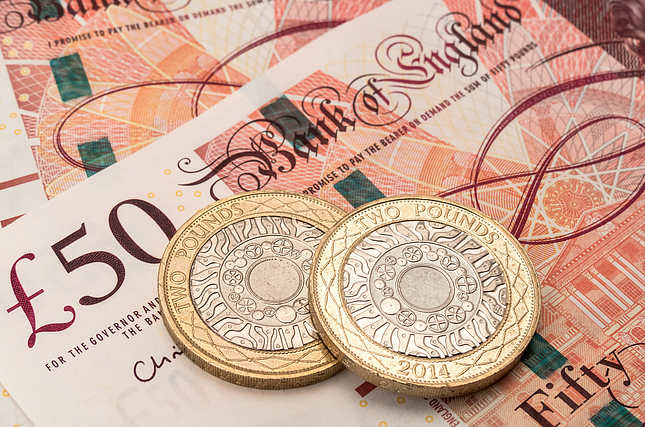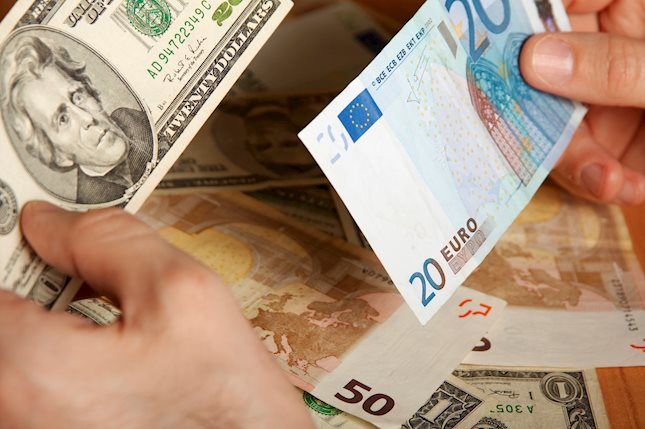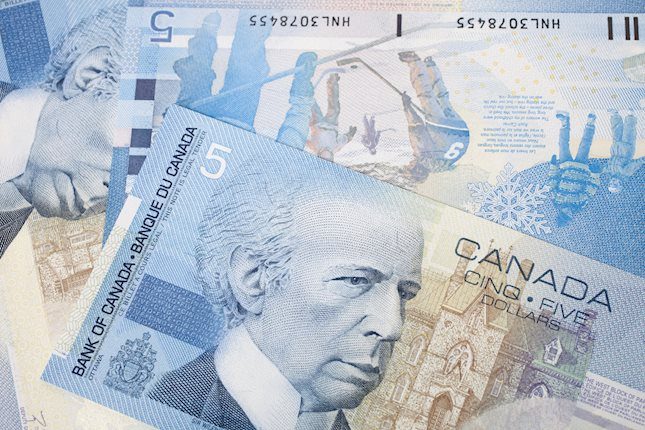Gold records all-time high amid high MidEast tensions, US uncertainly
- Gold rises 0.98%, reaching $2,720 as geopolitical tensions and US election concerns drive demand for safe-haven assets.
- Falling US Treasury yields and the weakening US Dollar further boost Bullion prices, with the US Dollar Index dropping to 103.45.
- Analysts predict continued Gold gains with Citi’s Max Layton forecasting prices could reach $3,000 an ounce within 6-12 months.
Gold prices continued to print record highs after breaching the $2,700 figure amid uncertainty surrounding the US election and tensions in the Middle East. This weighed on US Treasury bond yields and the Greenback, which tumbled to a two-day low of 103.45 after hitting a two-month peak of 103.87. At the time of writing, the XAU/USD trades at $2,721, up by 1.09%.
The market mood remains upbeat as Wall Street registers modest gains. In the meantime, geopolitics took center stage after Israel confirmed the death of Hamas leader Yahya Sinwar. Meanwhile, Hezbollah said that it is escalating its confrontation with Israel as US Defense Secretary Austin commented that the death of the Hamas leader could provide an opportunity for a ceasefire.
According to Kann News, US Secretary of State Antony Blinken told Israel’s President Isaac Herzog that he’s expected to arrive in the coming days to discuss a ceasefire deal.
Bullion prices extended their gains following Hezbollah’s threat to escalate the conflict. The XAU/USD rose sharply above $2,700 and reached an all-time high of $2,720.
Alexander Zumpfe, a precious metals trader at Heraeus Metals Germany, commented that, in addition to geopolitics, “Concerns around the U.S. presidential election and anticipation of looser monetary policies have further fueled the rally.”
Major central banks are expected to continue to ease policy. During the week, inflation in the UK in September was higher than the Bank of England’s (BoE) 2% target and came at 1.7% YoY, sparking speculation on a BoE rate cut. Yesterday, the European Central Bank (ECB) lowered borrowing costs after inflation dropped to 1.7%, beneath the ECB’s goal.
Consequently, global yields tumbled, a tailwind for the non-yielding metal. The US 10-year Treasury note yield has fallen two basis points (bps) during the day and is at 4.073% after hitting a weekly high of 4.142%.
Gold has hit multiple all-time highs during the year and is up by 30% YTD. Max Layton, Global Head of Commodities Research at Citi, foresees Gold reaching $3,000 an ounce over the next six to 12 months.
Despite that, the Fed is heavily expected to lower interest rates by 25 basis points at the November meeting. Odds remained at 92.9%, according to CME FedWatch Tool data.
Daily digest market movers: Gold price climbs, ignoring upbeat US data
- US Building Permits in September fell by 2.9%, decreasing from 1.47 million to 1.428 million, missing estimates of 1.46 million.
- Housing Starts for September dipped by -0.6%, from 1.361 million to 1.354 million.
- Data from the Chicago Board of Trade, based on the December fed funds rate futures contract, indicates that investors estimate 48 basis points (bps) of Fed easing by the end of the year.
XAU/USD technical outlook: Gold price surges above $2,700, eyes on $2,750
Gold price rally remains intact. Momentum backs bulls as depicted by the Relative Strength Index (RSI), soared and turned overbought, though with no signs of consolidating.
Given the backdrop, the path of least resistance is upward. Gold’s first resistance would be $2,750, followed by $2,800.
Conversely, if XAU/USD retreats from record highs below $2,700, it could pave the way for a pullback. The first support would be the October 17 high at $2,696, followed by the October 4 high at $2,670.
Risk sentiment FAQs
In the world of financial jargon the two widely used terms “risk-on” and “risk off'' refer to the level of risk that investors are willing to stomach during the period referenced. In a “risk-on” market, investors are optimistic about the future and more willing to buy risky assets. In a “risk-off” market investors start to ‘play it safe’ because they are worried about the future, and therefore buy less risky assets that are more certain of bringing a return, even if it is relatively modest.
Typically, during periods of “risk-on”, stock markets will rise, most commodities – except Gold – will also gain in value, since they benefit from a positive growth outlook. The currencies of nations that are heavy commodity exporters strengthen because of increased demand, and Cryptocurrencies rise. In a “risk-off” market, Bonds go up – especially major government Bonds – Gold shines, and safe-haven currencies such as the Japanese Yen, Swiss Franc and US Dollar all benefit.
The Australian Dollar (AUD), the Canadian Dollar (CAD), the New Zealand Dollar (NZD) and minor FX like the Ruble (RUB) and the South African Rand (ZAR), all tend to rise in markets that are “risk-on”. This is because the economies of these currencies are heavily reliant on commodity exports for growth, and commodities tend to rise in price during risk-on periods. This is because investors foresee greater demand for raw materials in the future due to heightened economic activity.
The major currencies that tend to rise during periods of “risk-off” are the US Dollar (USD), the Japanese Yen (JPY) and the Swiss Franc (CHF). The US Dollar, because it is the world’s reserve currency, and because in times of crisis investors buy US government debt, which is seen as safe because the largest economy in the world is unlikely to default. The Yen, from increased demand for Japanese government bonds, because a high proportion are held by domestic investors who are unlikely to dump them – even in a crisis. The Swiss Franc, because strict Swiss banking laws offer investors enhanced capital protection.
Forex News
Keep up with the financial markets, know what's happening and what is affecting the markets with our latest market updates. Analyze market movers, trends and build your trading strategies accordingly.
